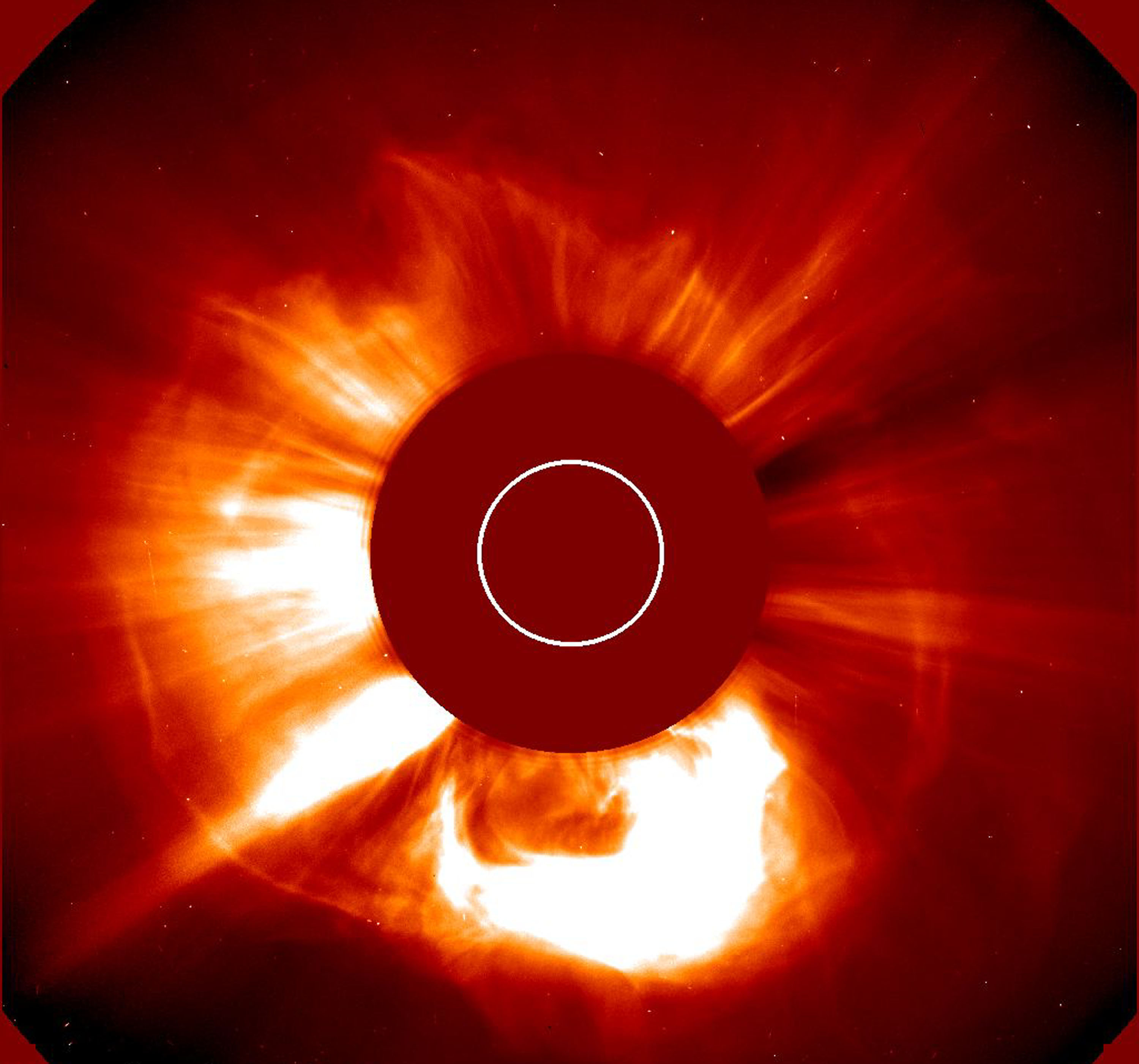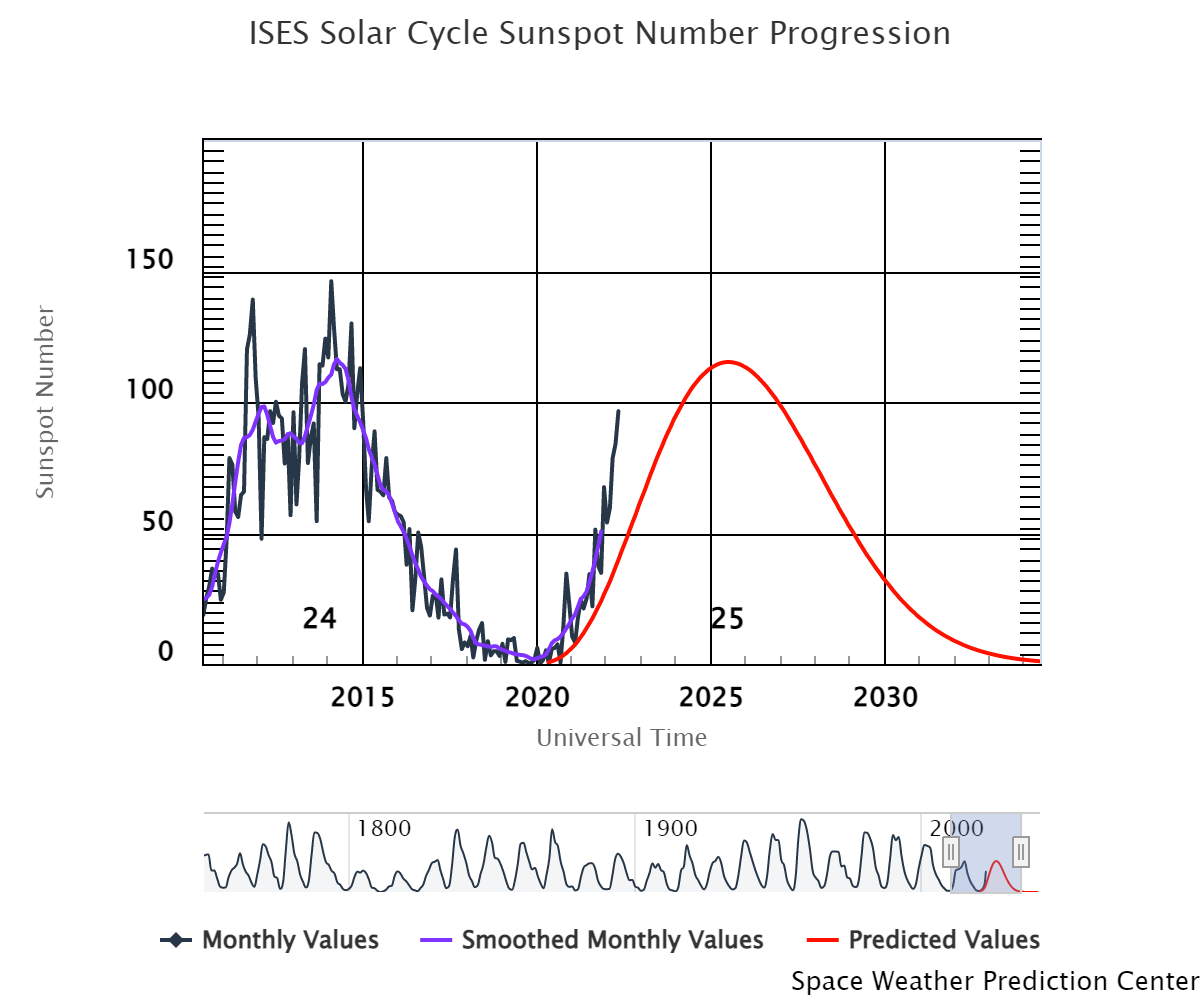‘Unusual’ Solar Storm Recorded on Surface of Sun by Astronomy Photographer – Newsweek
An astonishing solar storm that reaches as far out from the Sun as four entire Earths was discovered by telescope by an amateur photographer.
The video, recorded on June 2 by hobbyist astronomical photographer Chuck Ayoub and posted in a , shows the cloud of solar plasma barely moving over the period of an hour, possibly being held up by the sun’s magnetic field. This is unusual, says Ayoub, as he claims that in his experience, solar storms “dance” a lot more than this one seems to.
“I was not expecting this when I captured the sun. I pointed my telescope at this very unusual solar storm yesterday. An ongoing battle between the sun’s changing magnetic fields has caused this plasma storm to rise and appear almost locked in place, unable to move,” Ayoub said in his post.

Solar storms are large eruptions of electromagnetic radiation from the surface of the Sun. They occur in active areas of the sun where the magnetic fields are particularly strong and can range from solar flares, which just emit light and other electromagnetic radiation, to coronal mass ejections (CMEs), which involve the significant release of plasma from the Sun’s outer corona layer.
Electrons, protons, and heavy nuclei in the corona are heated to tens of millions of degrees and are accelerated to near the speed of light along the sun’s magnetic field lines faster than the solar wind can flow, spewing from the surface of the sun. Why the storm recorded in Ayoub’s video is so static is unclear.
Our sun’s activity follows 11-year cycles, over which the frequency of solar storms varies hugely, from several per day during solar maximum to less than one every week during solar minimum. The last solar minimum was in December 2019, meaning that the sun is in the process of waking up.
Solar Cycle 25, which we are currently in, is currently exceeding expectations. The latest progression chart from the National Oceanic and Atmospheric Administration (NOAA) shows the sun is way ahead of schedule to reach the solar maximum. According to spaceweather.com, the number of sunspots in May was the highest in almost eight years. It said Solar Cycle 25 “is on track to outperform” Solar Cycle 24.

An increased number of solar storms during the solar maximum can increase the risk posed to Earth.
Very few CMEs result in plasma or high-energy electromagnetic radiation being directed straight at the Earth. However, when low-level solar particles hit the Earth’s magnetosphere, a layer of the magnetic field that surrounds the Earth, we see them in the form of the aurorae, also known as the Northern and Southern Lights. A higher-energy burst of solar emission directed straight at the Earth, however, could potentially devastate the power grid.
“CMEs can cause geomagnetic storms upon their arrival in the near-Earth environment,” University College London space weather expert, Stephanie Yardley, told . “These produce ground-induced currents that degrade power grids, and they can also affect the accuracy of GPS and GNSS satellite navigation systems.”
The likelihood of something of this scale occurring is estimated to be between 0.46 and 1.88 percent.




